 |
| Roberto Alomar (Photo: AP) |
In what seems like a lifetime ago, it is amazing that it has now been ten years since that trade was consummated on December 11, 2001. It is a trade that signaled a dramatic change in the direction of the franchise and has since resulted in a ten year war between the fans and ownership on the true intentions of that new direction.
A lot of people point to the Brandon Phillips debacle in April of 2006 as one of former GM Mark Shapiro’s worst decisions, but his worst move was his handling of the Robbie Alomar trade and the lack of talent that resulted from that trade.
The Indians traded Roberto Alomar, Mike Baczik, and Danny Peoples to the New York Mets for Matt Lawton, Alex Escobar, Billy Traber, Jerrod Riggan, and Earl Snyder. Four years later, none of the five players obtained from the Mets were still in the Indians organization.
When you trade a sure-fire Hall-of-Famer who came off a very good 2001 season and arguably the best three-year run in his career, you better nail it with the players acquired in the deal. The Indians’ intent in the deal was to get some good, young Major League ready talent in return, but in the end not even one core player came from that trade.
The fact the Indians never had anything to show from the Alomar trade is mind-boggling. Forget that Alomar’s career plummeted at a ridiculous rate upon being traded and he really did nothing once he left the Indians. The fact is, at the time of the trade, he was the best second baseman in baseball and one of the game’s elite players who was still performing at a high level. For players like this, you usually get tons of talent dumped in your lap in a trade, which the Indians thought happened.
Shapiro’s mistake was the double whammy bad move where the prospects he received in return for Alomar bombed, and the Major League player he received in the deal - Matt Lawton - was immediately given an unnecessary four-year $27 million contract extension.
To make matters worse, Shapiro piggybacked the trade by signing Ricky Gutierrez to play second base with a three year deal totaling just short of $12 million. So make that a triple whammy bad move. In one fell swoop, Shapiro ended up making three mistakes all in one with the players he obtained for Alomar, extending Lawton, and then signing Gutierrez. Ouch.
The idea behind trading Alomar made sense for the Indians. After they lost over $14 million in 2001 with a payroll just over $92 million, third year owner Larry Dolan required payroll be cut to the high $70 million range. With a payroll cut looming, a rapidly aging team, and a barren cupboard in the minor leagues to replenish needs at the Major League level, Shapiro saw an opportunity to address these needs by dealing Alomar.
Before the trade, the Indians farm system was devoid of much talent heading into 2002 (ranked 20th by Baseball America). At the time of the trade, Escobar was the Mets #2 rated prospect and Traber their #5 rated prospect. That same year, Jose Reyes was the Mets #3 rated prospect and David Wright their #7 rated prospect.
It goes without saying that for Alomar, the type of prospect return and Major League results for those players would have been along the lines of Reyes and Wright. In other words, players that would become very good Major Leaguers and core pieces of the team of the team in the near future. Wow, imagine if either one or both of Reyes and Wright were in a Cleveland uniform the past half-decade or so?
In fairness to Shapiro, Escobar and Traber were much closer to the Major League doorstep, while Reyes and Wright were still very green and in the lower levels of the Mets minor league system. Shapiro’s goal with the trade was not to rebuild, but to retool with Major League ready young talent. Had he been in full blown rebuild mode like he was six months later with the Bartolo Colon trade, he probably ends up with Reyes and maybe even Wright instead.
In dealing for Escobar, Shapiro obtained a player with big-time prospect status as he had been ranked #1 in the Mets system three years in a row from 1999-2001 and #2 in 2002. Escobar was viewed as the top prize acquired in the trade, and a player the Indians viewed as a long-term solution in the outfield.
But Shapiro was really gambling on Escobar’s durability, something that was a big reach considering the red flags with health issues his entire time in the Mets system. From the day he signed with the Mets he had health issues. In his first two seasons (1996-1997) he only played in a total of 60 games and accumulated 184 at bats because of hamstring issues. Even after exploding onto the scene in 1998 in the South Atlantic League when he hit .310 with 27 HR, 91 RBI, 49 stolen bases and .947 OPS he was still hampered by nagging injuries as he was limited to 112 games. That season he was tabbed the league’s best prospect, and was starting to be compared to a young Vladimir Guerrero.
Then came 1999. Escobar managed to play in only three games because he spent the first half of the season recovering from a lower back injury, then shortly after he returned he separated his shoulder on a home run swing.
Escobar came back in 2000 and hit .288 with 16 HR, 67 RBI, 24 steals and .863 OPS in 122 games at Double-A, and then in 2001 he hit .267 with 12 HR, 52 RBI, 18 steals and .758 OPS in 111 games at Triple-A. While he was relatively healthy both years, the numbers were in decline. Looking at the drop in production it looks as if the injuries not only were starting to affect his talent as his speed and power dropped significantly, but also affected his development.
The next year during his first spring training with the Indians in 2002, Escobar went crashing into the center-field wall and tore his ACL and pretty much ended his days as a high-level prospect. A little over two years later, Escobar was released late in the 2004 season.
The other highlight in the deal was soft-tossing left-handed pitcher Billy Traber. He was selected by the Mets in the first round of the 2000 Amateur Draft, and was the first lefty taken off the board (16th overall). However, like Escobar, injury concerns quickly surfaced with Traber.
Traber was set to sign a $1.7 million signing bonus pending completion of a physical, and when the MRI was completed it revealed abnormalities in his pitching elbow which pointed to possible damage to the medial collateral ligament (MCL) of his pitching elbow. As a result, he still signed, but had to settle for a $400,000 bonus and ended up signing a 2001 contract thereby shutting him down for the 2000 minor league season.
Traber was healthy in 2001 and pitched like a man on a mission. He started the year in High-A and advanced three levels all the way to Triple-A compiling a 10-9 record and 3.09 ERA in 27 starts (151.1 IP, 140 H, 36 BB, 124 K). But scouts were still concerned about the elbow.
Upon joining the Indians, Traber pitched very well in 2002 at Double-A Akron and Triple-A Buffalo going a combined 17-5 with a 2.94 ERA in 27 starts (162.1 IP, 157 H, 32 BB, 115K). He also pitched well in 2003 with the Indians, including a magnificent complete game one-hit shutout of the Yankees that year.
It looked like the Indians had found a gem, but the injury concerns surrounding Traber soon surfaced late in 2003 when he went down with an arm injury that required Tommy John surgery. He missed all of the 2004 season, returned to the Indians in 2005, and was never the same and was gone after that season.
Jerrod Riggan was not a top prospect at the time of the trade, although he did rank in the teens in the 2002 Mets prospect rankings. He was viewed as more of a player who could help the organization in the short term out of the bullpen. He had some experience as a Major League reliever in 2001 as he posted a 3-3 record and 3.40 ERA in 35 appearances out of the Mets bullpen.
After the trade Riggan pitched well at Triple-A Buffalo in 2002 going 4-1 with a 2.38 ERA in 28 games before he was called up to Cleveland, but he never found himself and struggled going 2-1 with a 7.64 ERA in 29 appearances that year in Cleveland. He stuck around for half the season in 2003 before the Indians released him. He never pitched in the big leagues again and was out of baseball after the 2005 season.
As for Earl Snyder, he was a throw-in and pretty much became a career “4A” player in Triple-A bouncing around from team to team. He was out of the Indians organization after the 2002 season.
Shapiro’s mistake was not the fact he traded Alomar because he actually traded him at the most opportune time when his value was very high and he was about to go in sharp decline. But the prospect choices Shapiro made were awful, and to top it off in response to the trade they saddled the team with some horrible contracts for Lawton and Gutierrez that took a few years to get out from under.
This was Shapiro’s first notable trade as general manager of the Indians and was his worst during his nine-year tenure. Thankfully, he learned his lesson quickly with his next big trade six months later when he dealt Bartolo Colon for Grady Sizemore, Brandon Phillips and Cliff Lee. While he earned the golden sombrero by striking out four times on the prospects in the Alomar deal, he hit a game winning walkoff grand slam in the Colon deal.
The damage from the first trade of Alomar affected the Indians for years as they lost potential core pieces for the future of the team. Imagine had they acquired Jose Reyes and David Wright instead. Those two may have put them over the top to win a World Series during their last window of contention from 2004 to 2009.
Hindsight is always 20/20, but the Alomar trade was a complete disaster.
Follow Tony and the Indians Prospect Insider on Twitter @TonyIPI. Also, his latest book the 2011 Cleveland Indians Top 100 Prospects & More is available for purchase for $20.95 to customers in the US (shipping and handling extra).









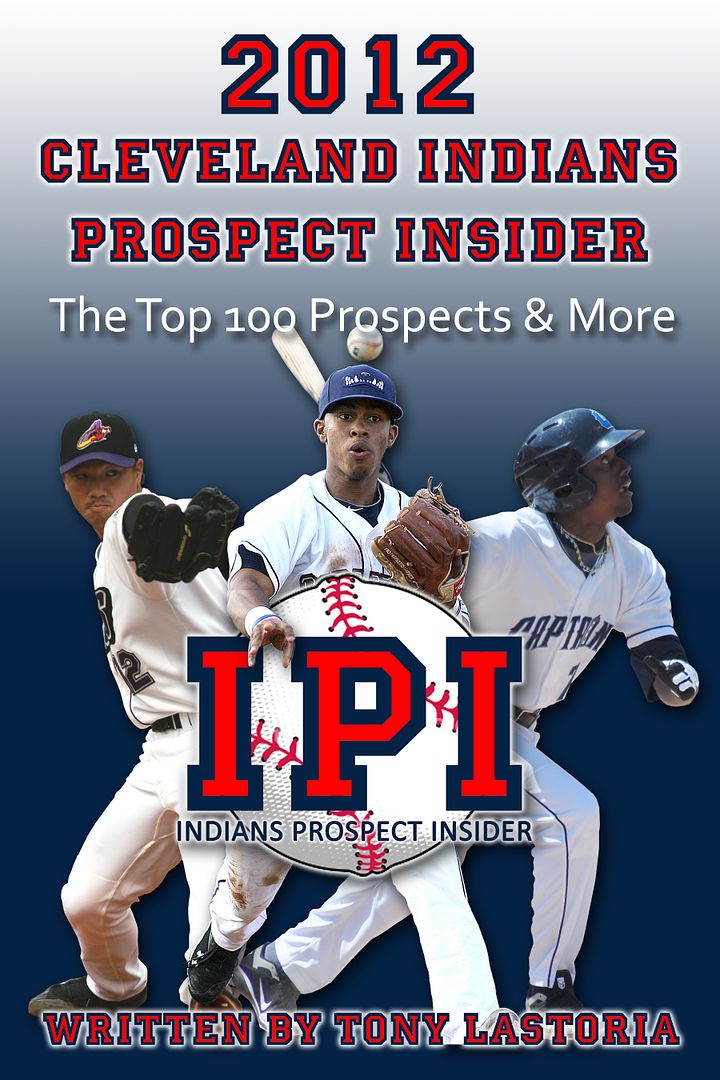
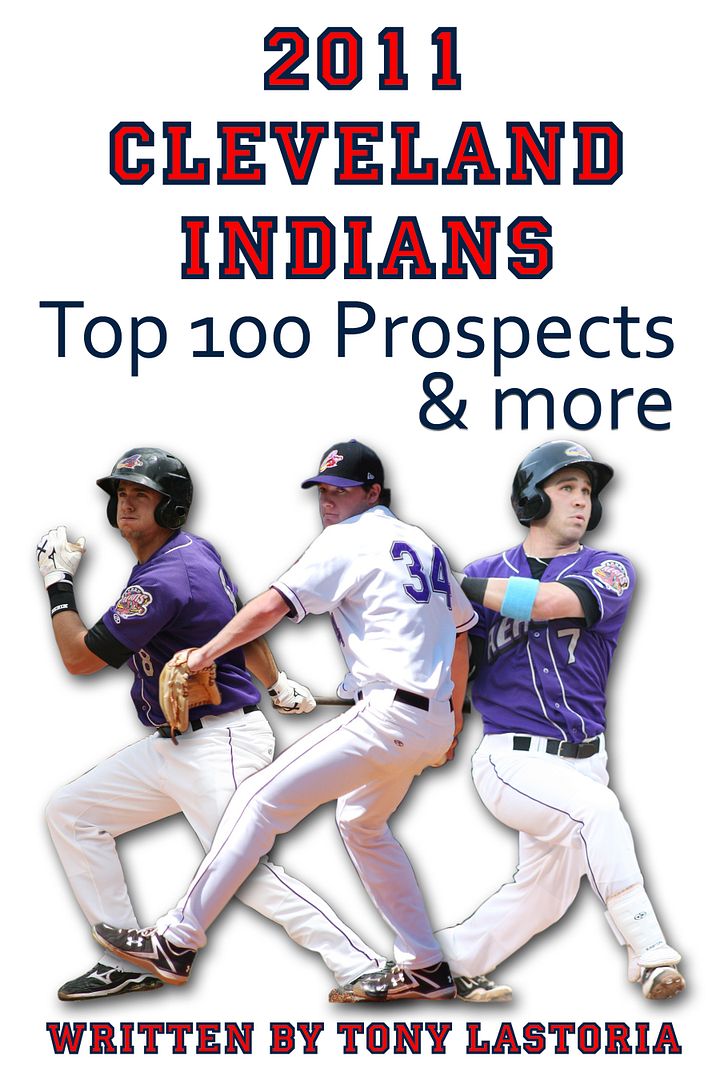
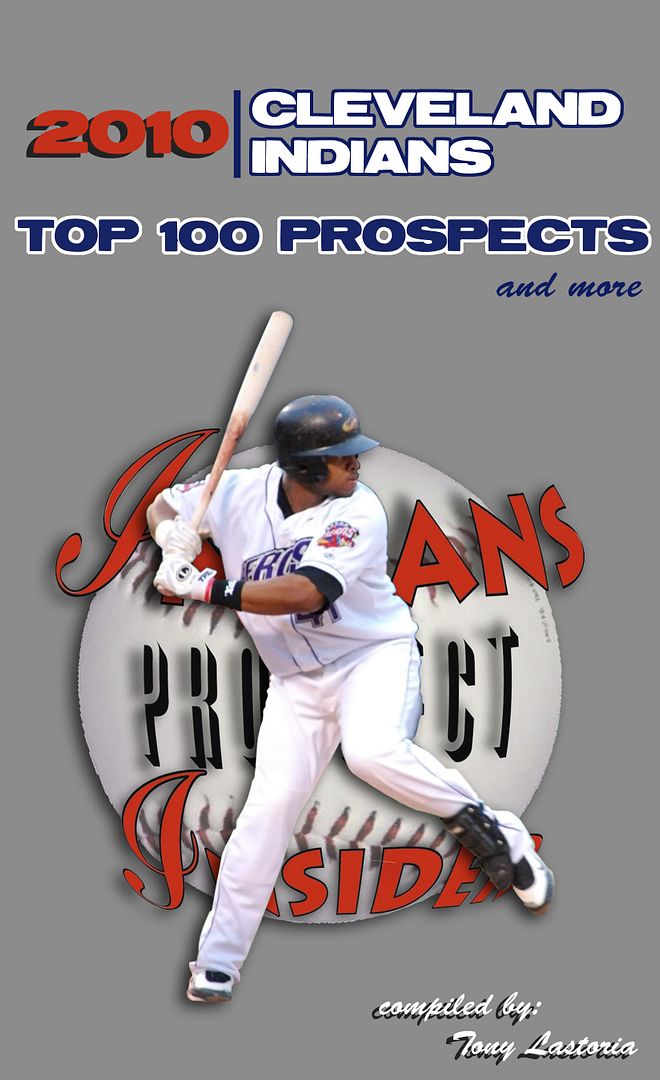
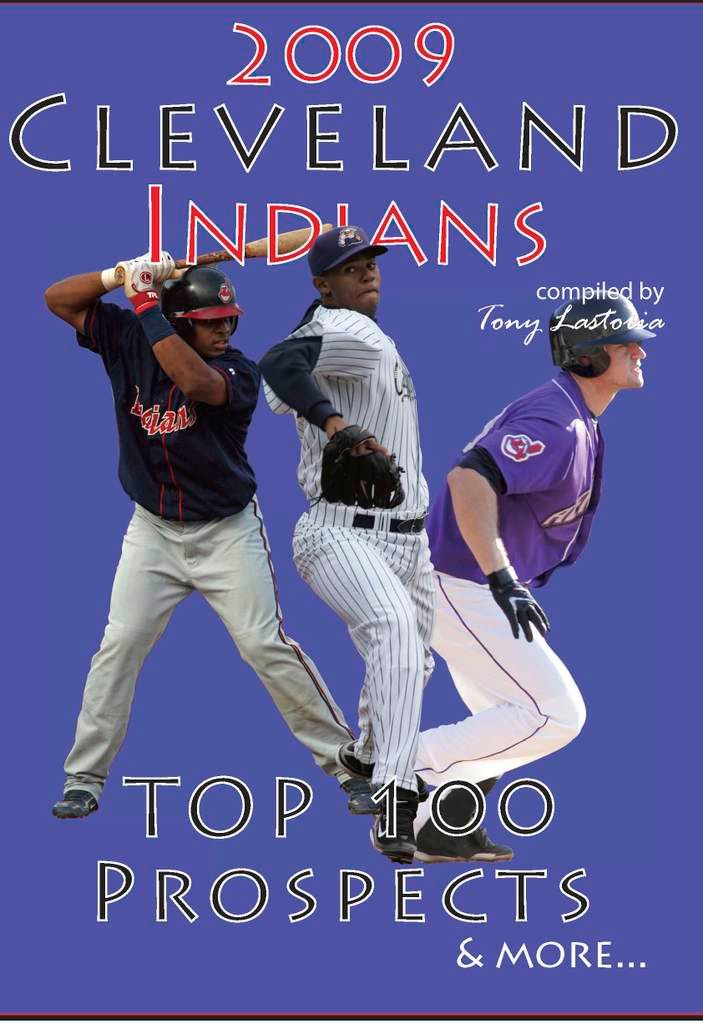
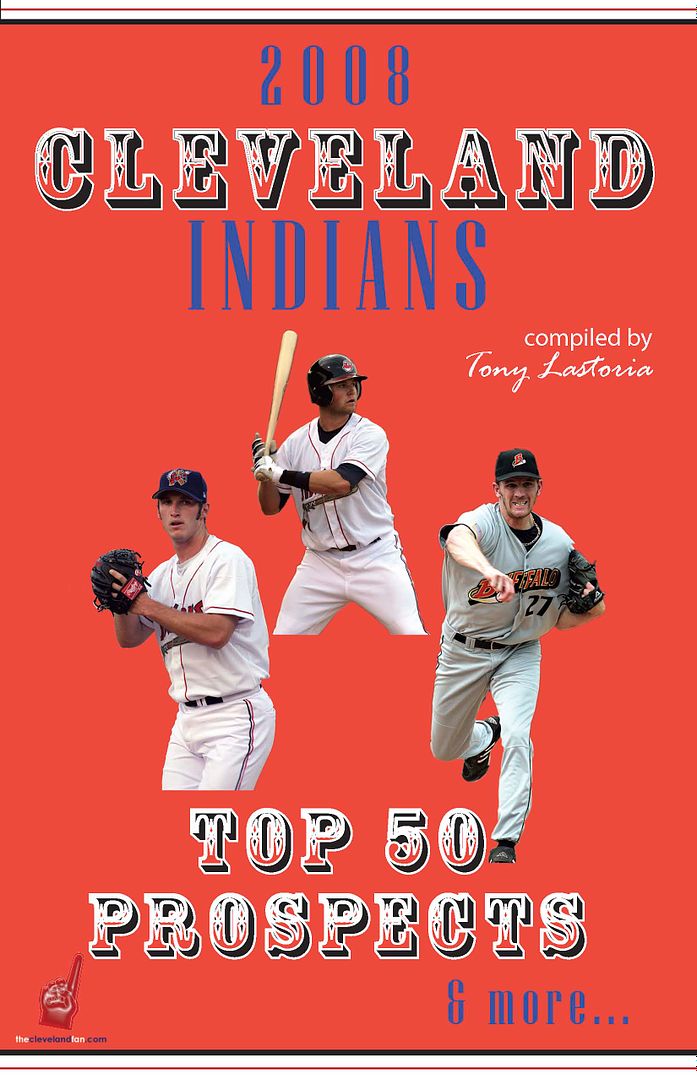
 Everything on this site is free, but for those interested in making any monetary contributions to help support the stability and growth of this site please click on the "Donate" button below.
Everything on this site is free, but for those interested in making any monetary contributions to help support the stability and growth of this site please click on the "Donate" button below.


9 comments:
Art here...
I'm not sure this trade will be historically viewed as poorly as the Sabathia or Lee deals, in terms of what we gave up and received in return.
Alomar had a great 2001, but was already 33 years old. The return of Escobar was debated at great length by posters at that time, many of us had concerns about his lack of BB/K improvement and single good power season in six minor league years. But BA had him highly ranked due to physical skills, and their projections for what might still become of these skills.
The Indians might not have been able to acquire Wright or Reyes, it was debated at the time that they might not have been offered those prospects (I have no idea myself).
Also, the Indians had a guy named Mike Edwards who put up some consistently good batting numbers as a 3rd base prospect at that time too. He wasn't a top prospect by any means, but put up a consistently good BA with great BB/K and BB/AB rates, had some power too.
They also had Fryman at 3rd in the majors, and he wasn't too old at that time. So maybe this influenced their thinking.
Good point Art on the Sabathia/Lee deals. However, the difference with those is at least the Indians have gotten something out of them. They may bot be big time players, but Brantley and LaPorta have at least played the last few seasons in the bigs and Brantley still gets good reviews in the industry as a guy who will play a long time. In the Lee deals the Indians got Carrasco who was doing well this year until the injury and also Marson who is a solid ML catcher, and there is still a chance Donald can be a solid role player for the next few years. With the Alomar trade the Indians got virtually no ML value out of it except for a half season of Traber.
Fryman was at the tail end of his career with a bad elbow injury in 2001 (if I recall correctly) and his career ended after 2002....so the Indians needed something at 3B long term. I know Corey Smith was all the rage back then, but they could have used another bat.
Hey Tony -
Great column...thanks for the painful flashbacks!!!!!!!
It really goes to show, outside of the Colon trade, how weak the talent evaluation, player procurement and roster planning was during a majority of Shapiro's tenure.
Thanks again for another great year, Tony.
I know you have faced many challenges, and I'm happy things are looking up for you. Enjoy the blessings of the holiday season and the care of those who love you.
Thanks Chris. Yeah, always painful to look back at what this team and city was like 10 years ago! Hope you enjoy the holidays.
I always look at the criticism of the Alomar trade and its results as a classic case of 20/20 hindsight. Trading for prospects is always a crapshoot. To criticize them for taking Escobar and Traber is like criticizing the Mets for trading for Alomar. Prospects, all players, come with injury risks. I don't think there were any major red flags with either player, except when viewed in hindsight. Did Escobar's history really have anything to do with him blowing out his knee in a catastrophic leg injury? Or Traber going down with an elbow injury that fella a large percentage of pitchers? Lawton too was a case of injury. To me the Alomar trade is way more defensible than the Lee trade, because of the ceiling of Marson and Donald being low and Knapp being a major injury risk, or if the Jimenez trade backfires, since there were major red flags with him in the way he was currently pitching, not some injury he had a few years back in the minors
I agree that hindsight is always 20/20....though in the Alomar trade the Indians picked up two big injury risks with Escobar and Traber. Escobar was a walking MASH unit before being acquired, so the Indians were playing with fire there even before the crash into the wall in spring training. And Traber was a ticking time bomb as noted with the MRI on his elbow when he was drafted about 15 months earlier. The Indians learned from the mistakes of that trade (for the most part)....but it is too bad they were unable to benefit from that trade at all with talent received.
@seth I don't look at the article as criticism as much as just a stark reminder as to what happened and what could've been.
All evaluations of trades are naturally results based but this article looks at both sides. The article examines the results but focuses on the process as well.
Bottom line, of the 4 players received in the deal the Indians got a TOTAL of 156 games in the bigs out of them. A total of 6 ML seasons from the 4 players. All four players out of baseball in 5 years. All out of organization in 4 years. That is not good.
Sometimes trades do not work out....and considering what they could of received for Alomar and what they did, well, it was clearly a bombed deal. But like I said, hindsight is always 20/20 and they did correct the process with a fantastic COlon trade. You win some, you lose some. But between the lack of talent received in the Alomar deal combined with dumping Brandon Phillips, the Indians had the pieces there to maybe push them over the top and make the playoffs a few more years and maybe win a World Series.
Well, the Indians still received more production from Lawton alone than the Mets got from Alomar. If anything that trade is a reminder that it's dangerous to trade prospects for an aging veteran. If the Indians had asked for different prospects, it would have been a devastating trade for the Mets. As it stands it actually ended up a wash ... Really it was still a slight advantage to the Indians, they got more value in terms of WAR from Lawton, Escobar and Traber than the Mets got from Alomar. Escobar was ranked where he was ranked for a reason. Had he not crashed into the wall, he very well could have made good on his prospect ranking. Injuries can doom anyone, any time, look at Laporta, who had the hip injury that's seemingly ruined his career, or Carrasco ... Injuries come out of nowhere all the time, so I think it's tough to criticize a trade when the end result is less than expected due to what is really bad luck. Knapp, Jimenez and to an extent Brantley I can see criticism being warranted, because they were injured/ineffective at the time of the trades. If Jimenez turns it around next year, it was still a dangerous move on Antonetti's part
Post a Comment